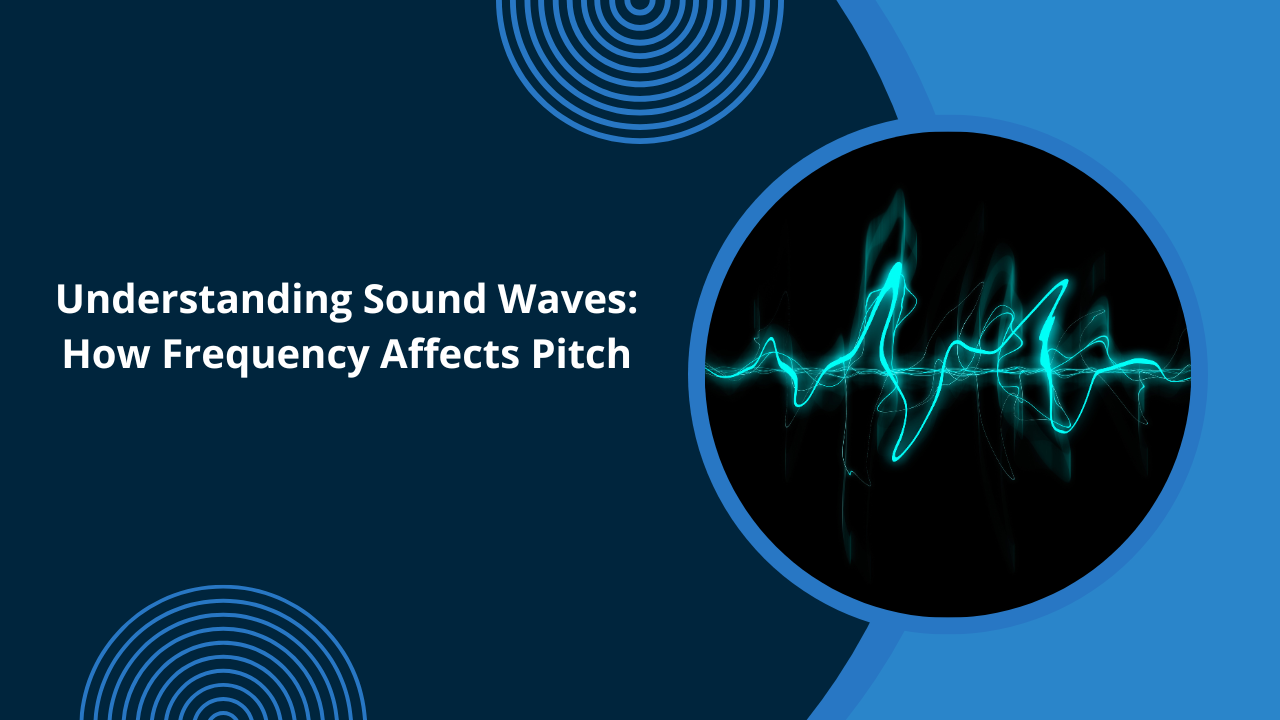
Understanding Sound Waves: How Frequency Affects Pitch
Sound waves are all around us, shaping the way we experience the world through hearing. One of the key properties of sound waves is frequency, which determines how we perceive different pitches. The frequency of a sound wave is often referred to as its perceived frequency, as it directly impacts how high or low a sound appears to the human ear.
What is Frequency in Sound Waves?

In physics, frequency is defined as the number of oscillations or vibrations a wave completes per second. It is measured in Hertz (Hz), where 1 Hz equals one cycle per second. The frequency of a sound wave determines whether we hear a high-pitched sound (such as a whistle) or a low-pitched sound (such as a drumbeat).
For example:
- A high-frequency sound, like a bird chirping, might range from 2000 Hz to 8000 Hz.
- A low-frequency sound, like thunder, can be as low as 20 Hz or even lower.
How Frequency Affects Perceived Sound?
The perceived frequency of a sound wave is how our brain interprets the pitch based on the wave’s frequency. When sound waves reach our ears, they cause our eardrums to vibrate. These vibrations are then translated into signals that our brain processes as sound.
1. High Frequency = High Pitch
- Sounds with higher frequencies are perceived as high-pitched tones.
- Example: A mosquito buzzing (around 17,000 Hz) or a violin playing high notes.
2. Low Frequency = Low Pitch
- Sounds with lower frequencies are perceived as deep or low-pitched tones.
- Example: A bass guitar (around 50 Hz) or the deep voice of a male speaker.
Relationship Between Frequency and Wavelength
Frequency and wavelength are inversely related in sound waves:
- Higher frequencies have shorter wavelengths.
- Lower frequencies have longer wavelengths.
This relationship explains why high-pitched sounds fade away faster in open spaces, while low-pitched sounds travel farther (such as bass sounds in music).
Factors Affecting the Perceived Frequency of Sound
- Doppler Effect
- When a sound source moves towards an observer, the frequency increases (higher pitch).
- When it moves away, the frequency decreases (lower pitch).
- Example: The sound of a passing ambulance siren changing pitch.
- Medium of Transmission
- Sound travels faster and at different frequencies in different mediums (air, water, solids).
- Underwater sounds often have a different pitch perception than in the air.
- Hearing Ability
- Human ears can generally hear frequencies between 20 Hz to 20,000 Hz.
- Older individuals may lose the ability to hear higher frequencies over time.
Applications of Frequency Perception
- Music Industry: Frequency tuning helps in creating harmonized musical sounds.
- Medical Field: Ultrasound machines use high-frequency sound waves for imaging.
- Communication: Radio waves rely on specific frequency bands for transmission.
Conclusion
The perceived frequency of a sound wave is a crucial aspect of how we experience sound. It determines the pitch of what we hear and is influenced by factors like movement, medium, and individual hearing ability. Understanding this concept enhances our appreciation of sound in music, nature, and everyday life.



